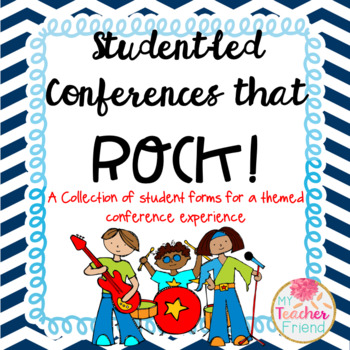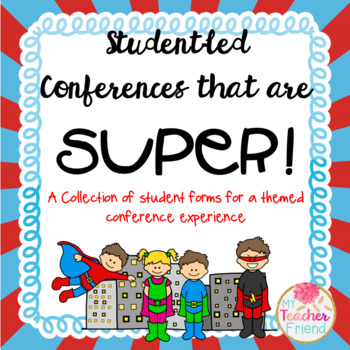Have you ever wished that your students had more to say in class discussions? If you are like me, you have stood in front of the class and used every single strategy you could think of to get a conversation going. With my class this year, I just have too many students who are not apt to speak up.
After a little lesson autopsy, I decided that I would need to find a more systematic approach. I had been reading the book, The Best-Kept Teaching Secret: How Written Conversations Engage Kids, Activate Learning, Grow Fluent Writers . . . K-12 (Corwin Literacy)
As I began to re-read my notes to find a technique that might help my students become more confident and prepared to share aloud, I ran across the section on the book about write-arounds. The next day, instead of asking my students to give an opinion about the story we had just read, I handed out an index card. I asked them to do a quick write in response to a question. They then switched their card with another student, who was responsible for responding. I had those two students talk about their writing after they switched, and then we shared aloud.
Did it work?Yes (mostly)! Here's why.
- My reluctant speakers were accountable for their part. They viewed the response as an assignment, not just another discussion to get out of
- Everyone had a chance to try their ideas out on paper and then share in a smaller environment. They actually had something to say in the whole class discussion. The writing scaffolds the discussions for all students
- I got to see what my students were thinking, and I really got a picture of the students who were struggling to write for such a short period of time
Here is what I learned:
- Most of my students needed much more informal writing built into their day. Those students who had a hard time getting the words onto the paper needed a low-risk venue to write more
- My students struggled with how exactly you respond to someone else. I added an anchor chart the next time and it was a huge hit
- I would never go back to the format I used for discussion before
While I was re-reading The Best Kept Teaching Secret, I was also devouring You've Gotta Connect
The thing about this book that I really love is that the overarching philosophy behind the book is that everyone can apply the techniques in the book to create strong relationships with students. The author shares personal stories to drive the points home and provides handy exercises for you to complete. I believe that without strong relationships, nothing else can happen. This book was a nice refresher for me. Many of the concepts in the book are things I am already good at doing. I enjoyed the confirmation and reminder of WHY I am doing those things.

"The Book of..." is a topic journal to be used by the entire class.I was inspired by a single page that discusses the value of topic journals as a venue for students to connect, in writing. I created various books using composition journals. The Book of Pets and Animals, The Book of Food, The Book of Travel, etc. Students would write in the book. They could either free write within the topic, or use one of the prompts that I provided. Then, my favorite part. They can either place the book on my desk for me to respond, or they can pass it to a friend. We really focus on the ideas that Smokey and Elaine share about keeping the conversation going.
I have learned so much about my students through this activity. We like to write in our books during centers, but you could use it as a station or for fast finishers. While many people use group journals or topic journals as a classroom writing center, many of the available resources focused on specific prompts being responded to and compiled into one journal. While I feel that there is a place for this (I mean, who wouldn't love to have all of those completed prompts bound for students to read the work of others?!) I really wanted my "The Book of..." activity to be informal and full of choices. The goal is the write more and respond to others.
Here are some of my favorite things about "The Book of..." in my classroom:
- It promotes a culture of communication and written conversation
- It is additional scaffolding for my whole class lessons and lifelong writing
- I can be present in the pages to stir up controversy, model adult writing, and provide support
- Students have the choice to write about the topic that interests them
- Since the books are public, I can provide guidance about public versus private sharing
- Students will be able to return (as is the tradition in my district for graduating seniors) and see their writing
- I can keep adding to the books each year, with new students adding to the work of former students.
 |
| "It tastes like meat." |
 |
| This wolf converstion is still going on with different students. |
You can create your own "Book of..." by adding prompts to the front of a composition notebook and providing the guidelines necessary for students to begin having conversations with you and each other. Add an anchor chart and then just get started!
Just the other day during a field trip to see our high school's production of Shrek the Musical, some of our students were caught in the hallway during high school passing period. They were terrified and exilerated. I suggested that they add the experience to our Book of School. Now the memory is preserved and those of us who were not with that group can share in the experience.
If you would like this resource ready to use, you can find it in my Teachers Pay Teachers store. I have a ready to print and an editable version.
Articles you might like:
A Mild Case of Fisheye by Jennifer Gonzalez at Cult of Pedagogy













































